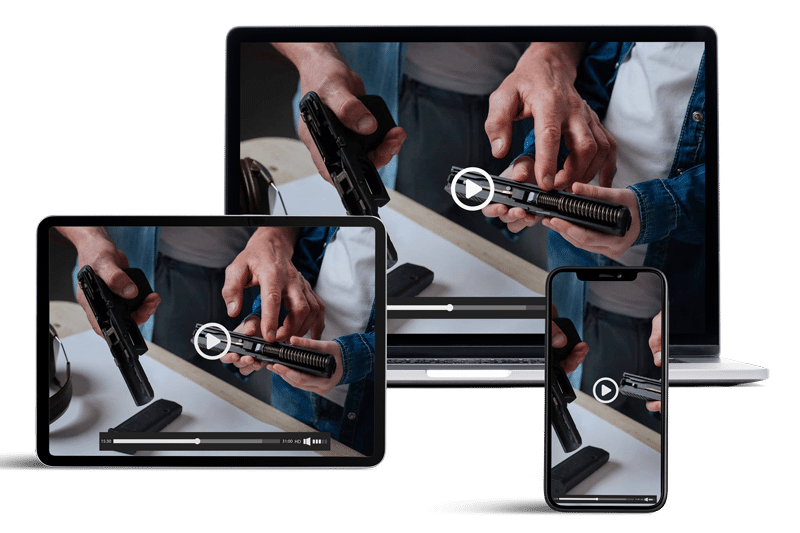For some people, a gun is a gun. If you’re a handgun owner with some degree of experience and knowledge of firearms, you may know this isn’t exactly true when design, capabilities, function, intended use, and other key factors are considered. When it comes to handguns and pistols, even seasoned gun owners may assume these two terms are pretty much interchangeable. The firearms education professionals from Online Texas LTC, a premier provider of Texas conceal carry online training, explain whether or not this is really true.
Handguns
Dating back to the 15th century, handguns—going by a broad definition—are any type of gun that can be safely and effectively used when held in your hand. Some people extend this definition to include any firearm that can be operated with a single hand, since any type of gun can be used with your hands. In either case, a pistol fits both definitions, which means a pistol is technically a handgun. In fact, the Springfield XD pistol is the most popular type of handgun in the United States.
Common types of handguns include:
• Hinge or break-action pistols
• Revolvers
• Automatic handguns
As you can see, there’s some overlap here, since pistols are included among common handgun types. Handguns can also be classified by how the chamber is designed and used or by how the trigger functions. Now, let’s move onto the basics of pistols.
Pistols
First developed and used in 16th-century Europe, pistols are more specific types of handguns. To get technical, a pistol can be defined as a type of handgun with one chamber. Revolvers have also been defined as types of pistols with more than one chamber, except with cylinders that spin. However, there are also semi-automatic pistols available today capable of firing multiple shots at a time. If you get even more technical, chambers in a pistol don’t move, and in revolvers, they “revolve,” or move.
Pistols come in a variety of sizes, styles, calibers, and actions, which is true of any other type of handgun. Therefore, any related terminology you may use specific to pistols will depend on what features are most important to you. If you go by size, a pistol can have a longer slide, or distance between sights, for faster target acquisition, whereas a sub-compact pistol is pocket-size and often better used as a backup handgun.
Terminology Will Depend on the Situation
As mentioned above, a pistol fits into the handgun category if you go by the basic definition of what a handgun is. In this case, it’s not technically wrong to refer to a pistol as a handgun in casual or general conversation. That said, how you refer to a handgun will depend on the situation and the nature of your conversation. For example, if you visit a firearms dealer and you ask to purchase a “handgun,” don’t assume you’ll automatically be shown only pistols. Instead, expect to be asked what type of handgun you have in mind.
Whether you buy a pistol or handgun for hunting, self-defense, competition, or any other purpose, make sure you have the proper training to handle, use, and care for it safely. Reach out to the firearms education pros from Online LTC Austin for the highest-quality training available. If you need outstanding safety training or you want to take a high-quality Texas online CHL class, call us today at 512-675-2124.





